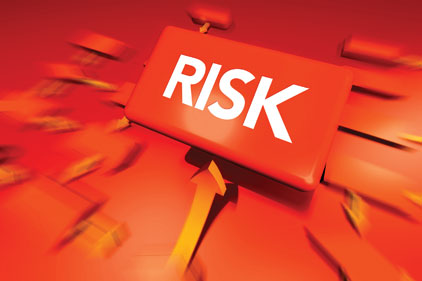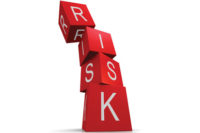Job safety analysis (JSA)
In the past, organizations would typically take a broad safety approach when it came to increasing their workplace safety. Safety managers focused on an expansive range of hazards, applied those to the general work area of their employees, and put in place controls or personal protective equipment (PPE). These days, technology has evolved to the point where safety within the workplace can be more controlled with processes such as Job Safety Analysis (JSA).
JSA takes a specific job and then breaks it down by each job step to assess the possible hazards of each step. If it’s found that a hazard is too high, the JSA applies controls to that job step to reduce the hazard to an acceptable level. Once each job step has been analyzed and controls put in place if necessary, the risk of that job step will have been effectively reduced. In turn, the overall risk of that job will be reduced to tolerable levels.
This scenario is quite effective on a smaller scale. However, in terms of larger organizations with thousands of job types and employees, maintaining the JSA manually becomes tedious and you risk the human error aspect. But technology exists to automate this process of updating JSAs, reporting on findings and creating a comprehensive JSA program.
Integrating EHS and JSA
Below are commonly automated EHS processes that integrate with the JSA tool to create a holistic process for increasing workplace safety.
- Risk Management: While JSA attempts to identify potential job hazards, it needs a method for determining the severity of the hazard, and rating the safety level. Risk management tools are designed for this purpose — they provide consistent, quantitative benchmarking for JSA by taking a proactive approach to the mitigation of job risks. Risk management provides a systematic set of criteria that provides risk levels, typically based on the severity and frequency of the hazard. Based on these levels, organizations can quantitatively determine the overall risk of a job step. Then, based on the risk levels, they can make better decisions on how to control these risks.Risk management is an effective way of assessing the safety of each job step in the JSA. Reviewing job steps by risk and then mitigating those risks at a granular level not only improves the safety of each step, but eventually improves the safety of the job overall.
- Document Control: Each job step and job type is associated with documentation. Each job step must be documented and controlled, so that all processes, job descriptions, work instructions and others are up to date. Linking a JSA record to Document Control not only provides direct relation to the job and the procedures associated with it, it also provides a centralized place to maintain and modify the job safety program.
- Employee Training: In order for JSA to be truly effective, employees must be trained on operating their job duties in a safe manner. Therefore, new job procedures, new PPE requirements and similar effects from a JSA should be linked to training activities. This means that when a JSA is completed, all employees will be automatically trained and made knowledgeable on their new requirements.
- Reporting: Reporting is another important aspect of the JSA program. Reporting will allow an organization to identify how effective its JSA controls are. If your data is showing a trend in high levels of risk within the job safety program, you will need to identify these events, mitigate them, and prevent them immediately. EHS reporting tools can help to identify these events and will provide real-time visibility into the EHS system.
- Audit Management: Once the JSA is completed and is proven to be effective, it is still important to perform regular reviews or audits of the program. This is because even though your JSA process is in place and is working, there are likely to be changes within your organization that will require your JSA program to change along with it. Technology enables automatic reviews of your JSA program, enabling you to regularly review the processes and ensure that the JSAs you created before are still valid today.
A safer workplace
If you can create a JSA program that incorporates the tools listed above, you will successfully achieve a safer work environment. The technology provides a total, integrated method of managing each job’s safety. It allows you to easily document and train all employees on JSA controls to maintain a knowledgeable workforce, and enables you to continually review the JSA program and make the changes necessary to keep up with your evolving organization.
So, while there are risks in any job, using the JSA powered by an automated EHS system and its integrated tools will allow you to more easily pinpoint and mitigate these risks, resulting in a safer workplace and more knowledgeable workforce.



